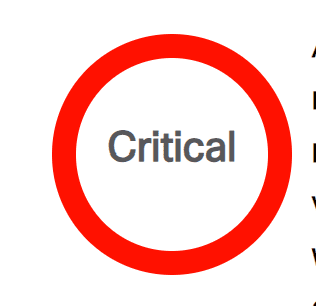
Cisco has recently updated its security advisory, alerting users to a critical vulnerability identified as CVE-2024-20419. This flaw affects the Cisco Smart Software Manager On-Prem (Cisco SSM On-Prem) license servers, including its predecessor, the Cisco Smart Software Manager Satellite (SSM Satellite). With proof-of-concept exploit code now available, administrators must act swiftly and upgrade their systems to prevent potential exploitation.
CVE-2024-20419 is a maximum severity vulnerability caused by an unverified password change weakness in the authentication system of Cisco SSM On-Prem. This vulnerability allows unauthenticated, remote attackers to change any user’s password, including those of administrators, without needing the original credentials. Exploiting this flaw enables attackers to gain unauthorized access to the web UI or API with the privileges of the compromised user.
The vulnerability stems from improper implementation of the password-change process. Attackers can exploit this flaw by sending crafted HTTP requests to an affected device. Cisco explained, “A successful exploit could allow an attacker to access the web UI or API with the privileges of the compromised user.”
This critical flaw impacts all Cisco SSM On-Prem installations earlier than Release 7.0, including the SSM Satellite. As a key component of Cisco Smart Licensing, SSM On-Prem helps service providers and Cisco partners manage customer accounts and product licenses, making it a crucial system for many organizations.
| Cisco SSM On-Prem Release | First Fixed Release |
|---|---|
| 8-202206 and earlier | 8-202212 |
| 9 | Not vulnerable |
The Cisco Product Security Incident Response Team (PSIRT) has confirmed that the proof-of-concept (PoC) exploit code for the CVE-2024-20419 vulnerability is now publicly available, increasing the risk of widespread attacks. While Cisco is not currently aware of any malicious use of the flaw, the availability of exploit code makes it imperative for organizations to take immediate action to mitigate the risk.
Cisco has stated that there are no workarounds available to address this vulnerability. The only way to protect vulnerable systems is to upgrade to a fixed release as soon as possible.
Related Posts:
- CVE-2024-20419 (CVSS 10): Critical Flaw in Cisco Smart Software Manager Opens Door to Account Takeover
- Cisco Patches Vulnerabilities in Integrated Management Controller, SNMP Implementation
- Zero-Day Vulnerability in SysAid On-Prem Software
- Cisco releases patch to fix three high security bugs